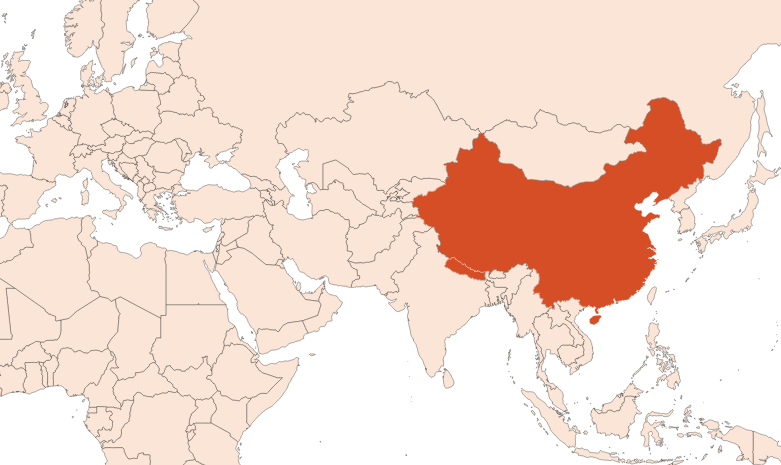
| Company | Ingredient Name | ID | Comments | Naturality | Certifications | Purity | Latin name | Treated part | Geographical origin | MOQ |
|---|---|---|---|---|---|---|---|---|---|---|
|
|
Huile essentielle de Wintergreen/Gaulthérie - 30 Gr | - |
Visit website
|
- | - | - | - | - | - |
General Presentation
-
CAS N° : 68917-75-9
-
EINECS number : 289-888-0
-
FEMA number : 3112
-
Appearance : Colorless liquid
-
Density :
-
Volatility : Heart
-
Price Range : €€€
Physico-chemical properties
-
Optical rotation : Donnée indisponible
-
Vapor pressure : Donnée indisponible
-
Refractive Index @20°C : Donnée indisponible
-
Acid Value :
-
Flash Point :
Uses
Uses in perfumery :
Used in fruity notes of orange blossom, to bring a very fruity and artificial facet.
Major Components :
- Methyl Salicylate (98-100%)

Photo credits: ScenTree SAS
Botanical name :
Gaultheria procumbens L.
Synonyms : Brossaea procumbens (L.) Kuntze // Gaultheria humilis Salisb.
Botanical profile :
Wintergreen is a shrub of the Ericaceae family and the genus Gaultheria.
Chemotypes :
The genus gaultheria includes about 135 species.
Wintergreen is the most used spieces in perfumery, for the perfume of its leaves.
In addition, we can distinguish the Gaultheria punctata, cultivated in the Hymalayan areas between 2000 and 2700 metres above sea level; the Yunnan wintergreen (Gaultheria yunnanensis), originating in China, the Gaultheria odorata, from Mexico; the Gaultheria miqueliana, from Japan.
All are grown for the odour released by their leaves during infusion or other extraction.
Extraction process :
Wintergreen is a small shrub about fifteen centimetres high, revealing very fragrant leaves, and bright red berries. Its spreading is made thanks to its long rhizomes.
The harvesting of wintergreen leaves is done all year round in Nepal in particular. Older trees are cut first. The older the tree, the better its crop yield. The branches are cut manually by the farmers and collected in 30 or 40 kg piles, transported to the factory in baskets carried by the force of their head. The leaves are then introduced into the extractor to be steam distilled under high pressure in a traditional extractor. At the end of the process, the essential oil is obtained by settling over wintergreen water, with a yield of about 0.2 to 0.3%.
Other comments :
Wintergreen and its botanical genus are taking their name from Jean-François Gauthier, from Quebec, knighted in 1748 by Pehr Kalm.
The use of wintergreen was imported into Europe by the first French explorers, while North American aborigines used it for its medicinal properties.
The essential oil of wintergreen can be used to extract natural Methyl Salicylate, as it is its main constituent.
Stability :
Esters found in this extract my form their corresponding acid through time.
Terpenes of this oil are subjected to polymerization under the effect of oxydation.
Regulations & IFRA
Allergens :
This ingredient does not contain any allergen.
IFRA 51th :
This ingredient is not restricted for the 51th amendment


